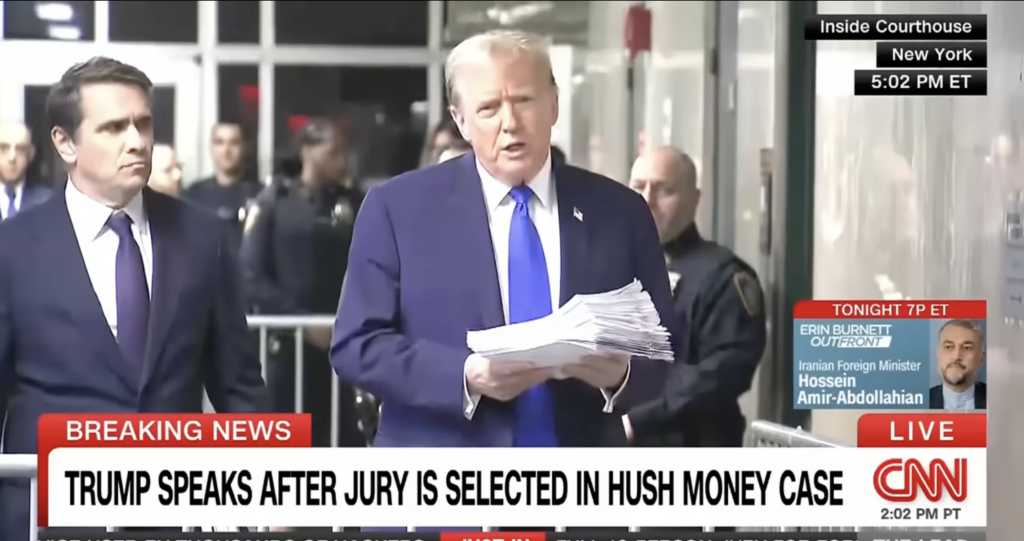UAW to escalate strike at Ford, GM.
The United Auto Workers Expand Strike at General Motors and Ford
The United Auto Workers (UAW) president, Shawn Fain, announced on Friday that the ongoing strike against the Detroit Three automakers will now include an additional plant at General Motors and at Ford. This marks the first-ever simultaneous strike against these major automakers, and it enters its third week with a bang.
The strike will now expand to Ford’s Chicago assembly plant and GM’s Lansing, Michigan, assembly plant, which will involve approximately 7,000 workers. With this expansion, the total number of workers on the picket lines will reach 25,000. However, it’s important to note that the strike will not include any additional members at Stellantis.
Refusing to Make Meaningful Progress
“Despite our willingness to bargain, Ford and GM have refused to make meaningful progress,” stated Fain in a video address on Friday morning. He also mentioned that the UAW had witnessed a sudden surge of interest from the companies just before his announcement.
According to sources familiar with the matter, the UAW had planned to announce a new strike at Stellantis. However, moments before Fain’s scheduled announcement, Stellantis made significant changes in its contract proposal, causing a shift in plans.
The strike at the Ford and GM plants will commence at noon on Friday.
Meanwhile, negotiations between the UAW and negotiators for the Detroit Three are still ongoing. Although talks have been described as “very active,” Fain emphasized that negotiations have not broken down. He remains hopeful that a deal can be reached.
Fed Up with Corporate Greed
“We are fed up with corporate greed and we are fed up with corporate excess. We are fed up with breaking our bodies for companies that take more and more and give less and less,” expressed Fain.
According to an anonymous source familiar with the situation, the UAW is expected to continue the work stoppages until a new contract is ratified.
The strike, which is now entering its third week, is driven by autoworkers’ demands for higher wages, improved benefits, and the elimination of a tiered pay system that pays newer workers significantly less.
However, automakers argue that the union’s demands would negatively impact their profits as they strive to compete with non-union manufacturers like Tesla.
The UAW initially escalated the strike on September 22, when workers walked off the job at General Motors and Stellantis distribution facilities across 20 states. The strike began on September 15, with workers striking at one plant each from GM, Ford, and Stellantis. Notably, the UAW did not strike at Ford distribution facilities due to progress in talks with the company.
As of Friday, approximately 18,300 UAW members at the Detroit Three were on strike, accounting for about 12 percent of the 146,000 union members employed by the automakers. Striking workers have been receiving $500 a week from the UAW’s strike fund.
Previously, the union had shut down one assembly plant at each of the Detroit Three, as well as 38 parts distribution centers at GM and Stellantis.
In terms of stock market impact, Ford shares fell 0.2 percent, GM shares were down 0.2 percent, and Stellantis shares gained 0.6 percent in trading on Friday.
Pressure Tactics
The UAW has adopted a new approach with these walkouts, using strikes strategically to increase pressure on the automakers. Instead of a massive walkout, the UAW has employed strikes like a ratchet, keeping company executives guessing about the next move.
While the union has expanded its strikes against GM and Stellantis, it has limited the Ford walkout to a single plant due to progress made in those specific talks.
However, significant gaps still exist between the union and the companies regarding key economic issues. Fain has maintained a demand for 40 percent pay increases over a four-year contract, a position supported by President Joe Biden during his recent visit to Detroit. On the other hand, the companies have countered with offers of approximately 20 percent.
In addition to higher wages, the UAW is also pushing for the elimination of the two-tier wage system, which currently allows new hires to earn significantly less than veteran workers.
(Reporting by David Shepardson and Joseph White; editing by Nick Zieminski)
What specific demands is the UAW making in their negotiations with the Detroit Three automakers?
Ution centers across the United States. This marked the first time in nearly two decades that the UAW went on strike against GM. The strike quickly spread to Ford plants on September 26.
The strikes have already had a significant impact on the automakers, forcing them to halt production at several plants, resulting in a loss of revenue and disruption to their supply chains. The automakers have been relying on existing inventory to meet customer demand, but as the strike continues to expand, the impact will become more severe.
The UAW and the Detroit Three have been negotiating labor contracts for several months. The UAW is determined to secure better wages and benefits for its members, who have made significant sacrifices in the past. The union also seeks to address the issue of temporary workers, who make up a significant portion of the workforce and often do not receive the same benefits and job security as full-time employees.
The automakers, on the other hand, argue that they are facing increasing competition from foreign and non-union manufacturers, and that meeting the UAW’s demands would erode their competitiveness and profitability. They also emphasize the need to invest in new technologies, such as electric and autonomous vehicles, which require significant resources.
The strike comes at a critical time for the industry, as automakers are already facing headwinds such as declining sales, global trade uncertainties, and the transition to electric vehicles. The strike could further impact consumer confidence and disrupt the overall economy.
While negotiations continue, both sides must find a way to address the concerns of the autoworkers and ensure the long-term viability of the industry. It is crucial for the Detroit Three automakers and the UAW to come to a fair and balanced agreement that takes into account the needs of both parties. Only through open and constructive dialogue can a resolution be reached that benefits all stakeholders involved.
In the end, it is the livelihoods of thousands of workers and the future of the American automotive industry that are at stake. The ongoing strike demonstrates the determination and unity of the UAW members who are standing up for their rights and demanding a better future. It is now up to the automakers and the union to find common ground and reach a resolution that paves the way for a sustainable and prosperous industry.
" Conservative News Daily does not always share or support the views and opinions expressed here; they are just those of the writer."





Now loading...